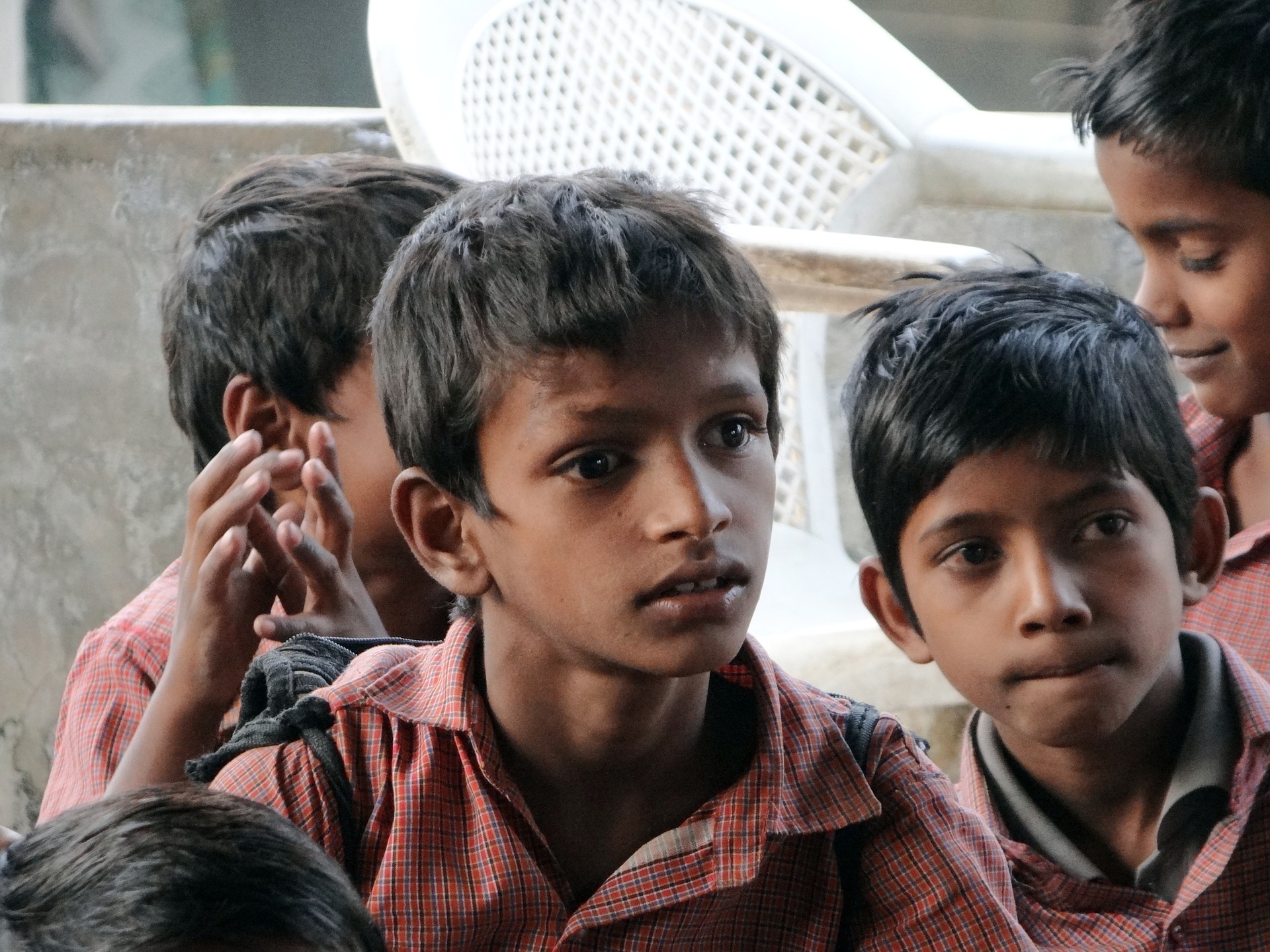In 2017, I had no option but to start a new life in India after US president Donald Trump decided to ‘make America great again’. I was shown the door, or should I say the door never opened again and my life, belongings, and visa disappeared in the diplomatic process. I started volunteering at the Ram Krishna Mission Ashram in my hometown (Gwalior) where I’d help kids with their studies on weekends. It was more of a side activity to get a sense of a country from which I was away for a very long time.
But my experience with those kids at the Ashram gave me a perspective that was, for the lack of a better word, eye-opening – especially for someone like me who comes from a conservative, middle-class background. The children were of varied age groups, but they were mostly from SC, ST, and OBC backgrounds. Their parents were either daily village labourers or small-time farmers from rural areas of Chambal.
I got to witness the faultlines of our education system that make it almost impossible for many children to break the shackles of poverty. Though there are many shortcomings in the system but, in the following paragraphs, I’d talk about a few major points that I believe haven’t been adequately addressed.
Exam obsession
The fact that still baffles me is that right from kindergarten to adulthood, grades are considered the sole benchmark of a student’s academic potential. A majority of the students I taught were first-generation learners; their parents either had bare minimum education or were not educated at all. For these kids to learn and grasp concepts meant putting in considerable amount of time and patience, which is almost impossible in the current academic set-up.
I taught students in sixth and seventh grade who would struggle with simple percentage questions. The classes progressed but not the learning. Moreover, the language barrier of being unfamiliar with English made it even more difficult for these kids to compete with their counterparts who came from middle-class families.
Most of these kids didn’t perform well in exams, and that feeling of not being able to perform further pulled them away from studies; some teachers tried to help but most of them gave up. The students would often hesitate to ask questions; they would nod in agreement when I asked if they understood the concept but stood silent when I asked follow-up questions.
The students are not at fault, the system is. Millions enter and leave our education system without learning anything. In poorly maintained government schools of our villages, towns, and tier-2 cities, education is simply a formality that we do on paper.
Also read: A Former Teach for India Fellow on the ‘Overambitious’ New Education Policy
It is highly unlikely that any of the students I came across would ever be able to get into IITs, IIMs, or AIIMS. The odds stacked against them are simply too high for these kids to make it to the mainstream. Our education policies, which look so good on paper, often fall flat in the face of practical realities. We have to look beyond the concept of exams and realise the fact that no two students in the same class are the same. And we can’t measure every student with the same bar.
Financial factors
In India, families that belong to the middle-class spectrum and above invest a lot in their children’s education. Often, school education is paired with auxiliary education in the form of coaching and tuition to prepare students for competitive exams from an early age. Some students also take dance classes and cricket lessons. However, many students from marginalised sections of society do not get exposed to opportunities that may help them develop a talent or skill outside their studies, and they struggle to come out of that social barrier that confines them to the lower strata of the society.
This inequity in opportunities and resources cannot be overcome by government policies alone. Public participation and broader awareness about disenfranchised children’s education can bring some noticeable change over time, but we are very far from having a levelled playing field for everyone.
Absence of vocational training
I sometimes wonder why we do not have plumbing, carpentering, electric technician, and other vocational training as part of our educational curriculum. Having professional education as part of the curriculum can serve two important functions for children, especially for children from unprivileged sections of society.
First, it can expose children to a wider variety of career opportunities instead of just medicine and engineering, and second, it can equip them to have a better chance of getting skilled jobs and roles that would otherwise remain unfulfilled. At the very least, vocational training will enable a child to start his or her small business or apprenticeship. Vocational training cannot be limited to industrial training institutes.
These are just some of the observations that I see as major impediments in improving our education system. Our politicians want to make our country a ‘Vishwaguru,’ but in order to make it a Vishwaguru, we need world-class educational institutions or Gurukuls where ‘Eklavya’ and ‘Arjuna’ can study under one roof, where the disadvantage of class, caste, and social status do not get in the way of learning.
Siddharth Sehgal is a writer and is Editor at Indian Periodical.
Featured image credit: Heinz Melion/Pixabay (representative image)

